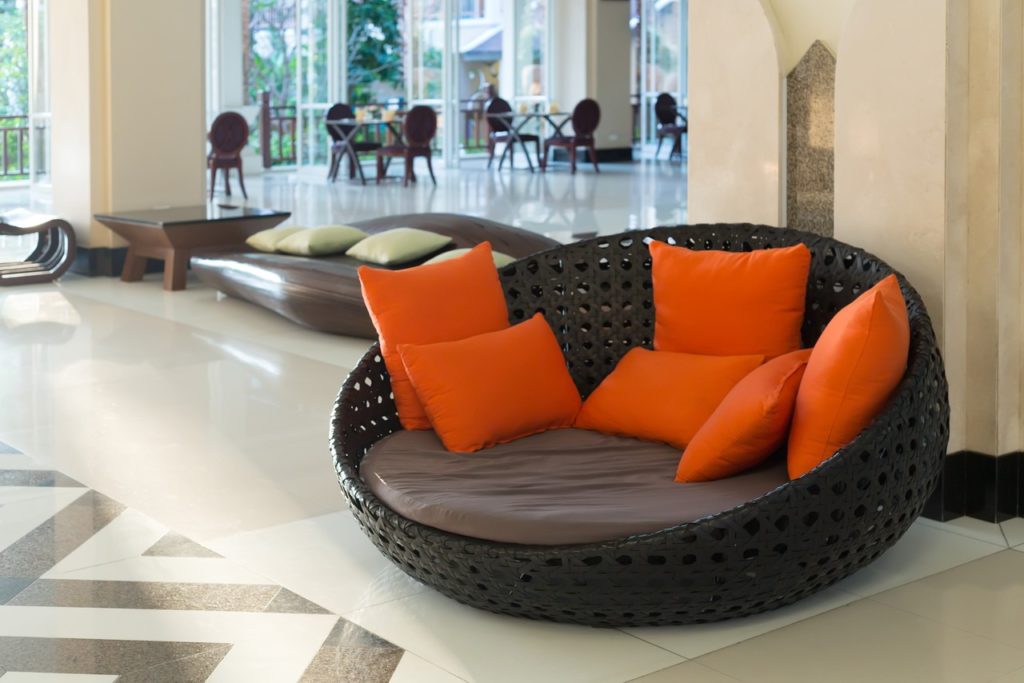Decorating a Healthy Home
The furniture and décor that you decorate your home with makes a statement bout you – your personality, your tastes and your family. You don’t have to change your sense of style, but there are some suggestions that you want to keep in mind when shopping for items for your home. Choosing nontoxic décor that will grace your home for years to come is healthy for your family and a sign of great taste.
Decorating a Healthy Home
- Avoid purchasing furniture made from pressed woods, unless made with formaldehyde-free resins. Pressed woods are the major source of exposure to formaldehyde in a person’s home. Formaldehyde, a common indoor air pollutant, can cause a variety of health problems ranging from fatigue to cancer.
- Dispose of foam cushions and furniture that are starting to break apart and deteriorate. Foam cushions can release toxic chemical fire retardants into your indoor air, which are then inhaled.
- Choose low or no VOC options of paint. Reduce your exposure to many indoor air contaminants by choosing paints that do not contain as many os the health offenders.
- Do not use CFL bulbs in light fixtires that could easily be knocked over. Because mercuryis found in a CFL bulb, you want to ensure that the bulb will not accidentally break.
- Do not use satin repellents and decline the option when purchasing furniture. Stain repellents contain the same types of chemicals as some fire retardants and can build up in your body’s tissues.
- Air out your home for several weeks after painting with any type of paint. Even low and no VOC paints can still small amounts of pollutants, so bringing fresh air indoors can reduce your indoor air pollution.
- If a CFL bulb breaks, follow the proper procedures to clean the mercury spill. Leave the room after breakage to reduce your exposure to inhaling mercury, a neurotoxin and contain the toxic material with special care.
- Wash your curtains regularly. Dust, dust mites and allergens can build up in the fabric.
- Dispose of any mini blinds manufactured before 1997. Older mini blinds have been found to contain lead in the plastic.
- Only burn candles made from natural waxes and essential oils with a lead-free wick. Candles made of synthetic ingredients release chemicals into your indoor air, while lead-based wicks allow the toxic metal to be inhaled.






